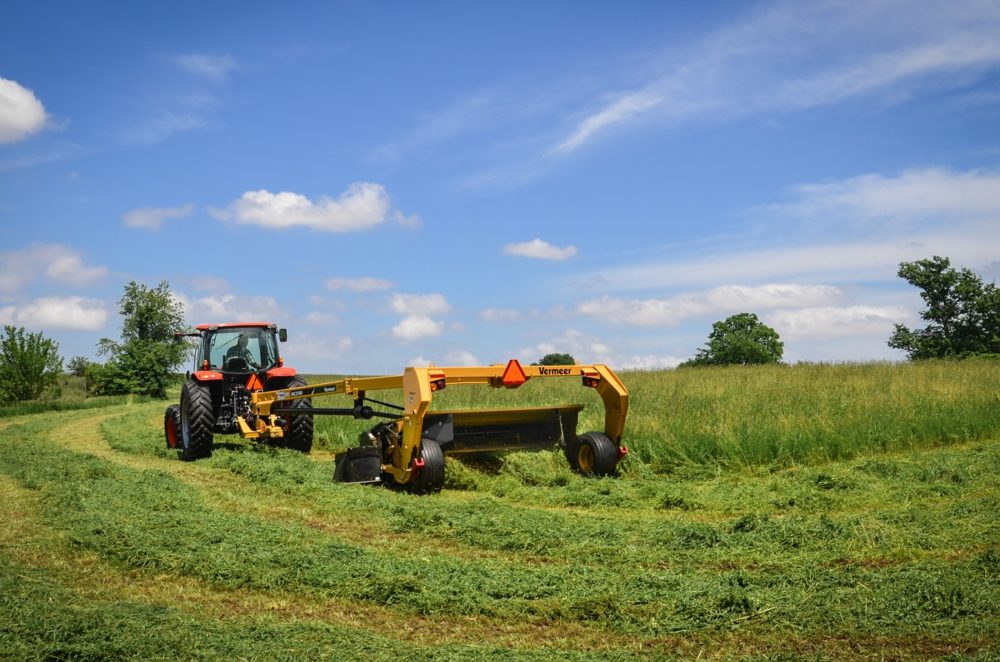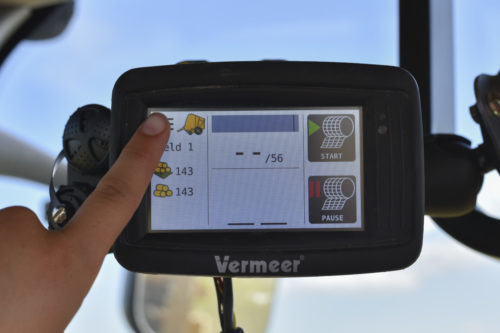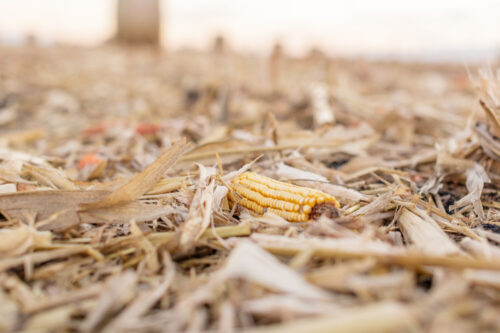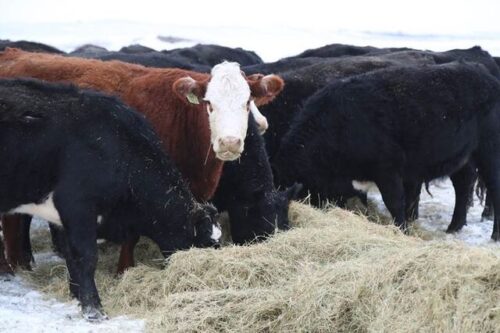Sequence of Drying Forage
May 2016
Most have heard the phrase “If you are going to do it, you might as well do it right.” Well, the same goes for making hay. Whether you are baling 50 or 500 acres a cutting, it is important that you make the most of your time spent in the field.
One way to measure your productivity is to measure your final results. There are two general ways to measure your output of each cutting: (1) total yield and (2) hay quality. While generating a high yield is important, the nutritional value of the hay is important, too. As producers know, the quality of the hay is what puts pounds in the cooler and keeps momma cows milking.
University of Wisconsin Forage Agronomist, Dr. Dan Undersander says that at the time the crop is cut, starches and sugars inside the forage are 100% digestible. The goal is to minimize the energy loss during the dry down period. The quicker a producer can get the crop from 75 percent to 60 percent moisture, the quicker the respiration shuts down – resulting in more retained energy in the crop.
Undersander recommends both conditioning the crop and laying it in a wide swath. Both of these practices will help accomplish the first 15 percent dry down rapidly and help maintain the quality of the hay.








